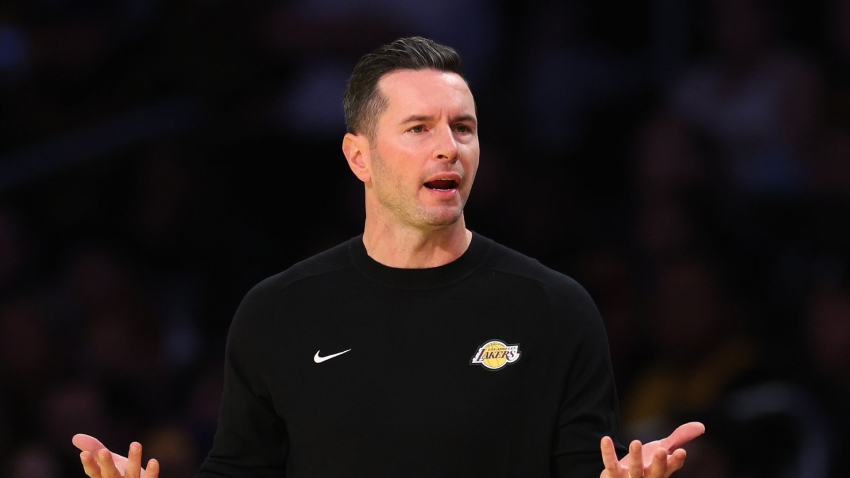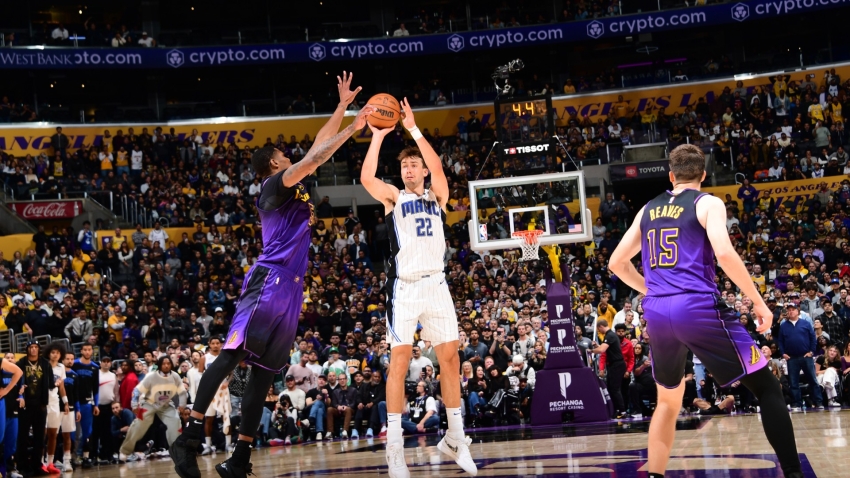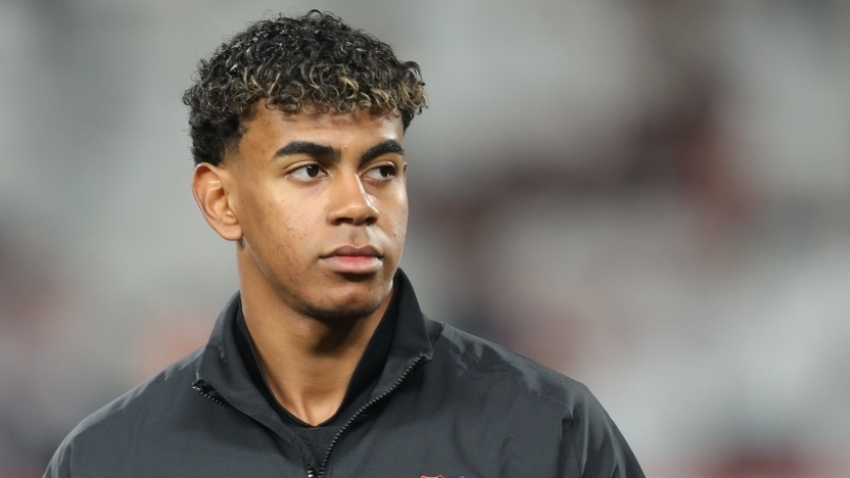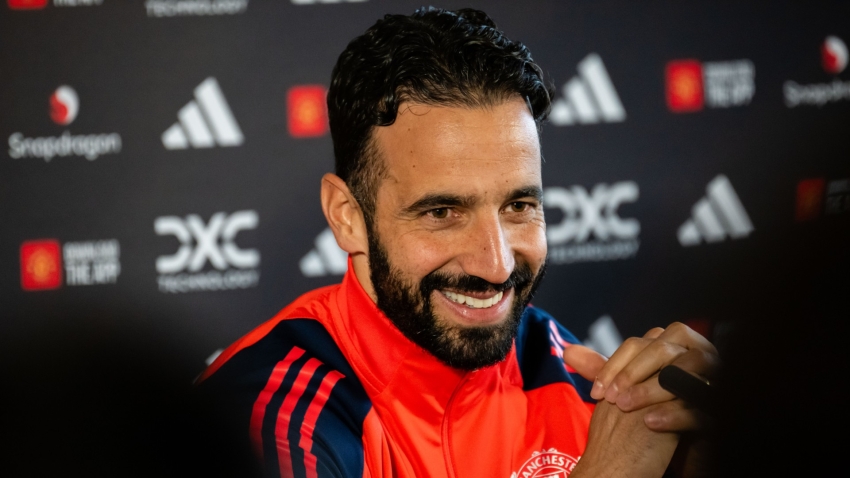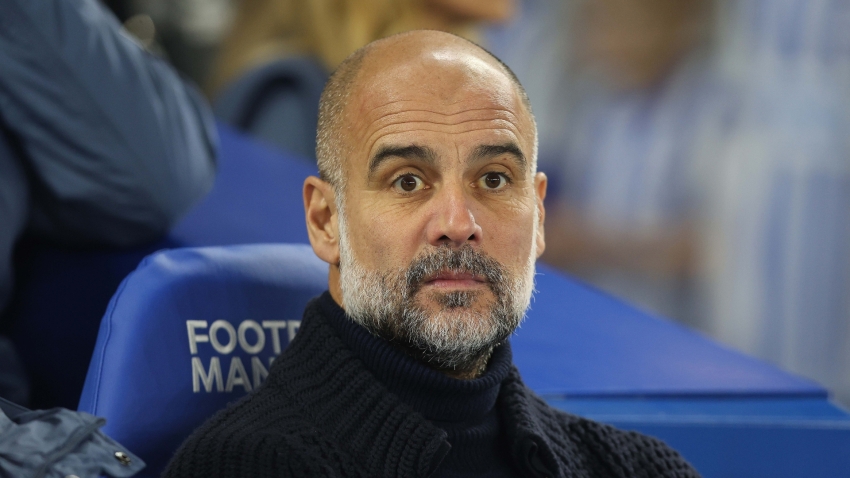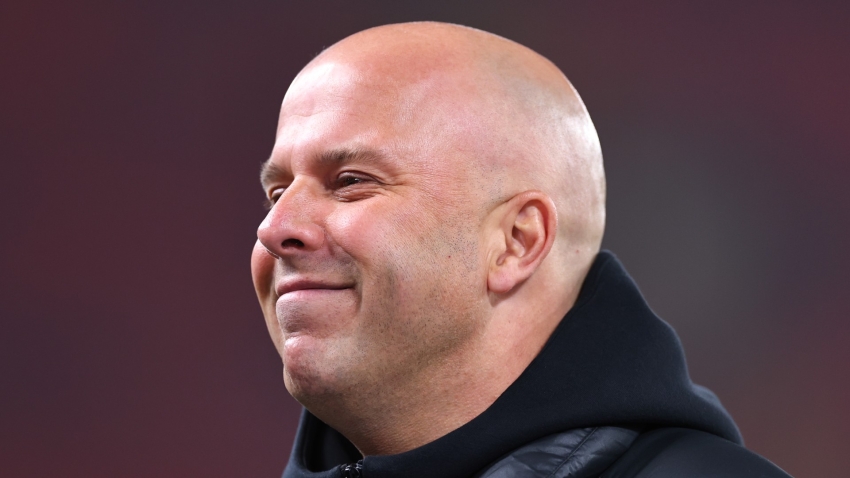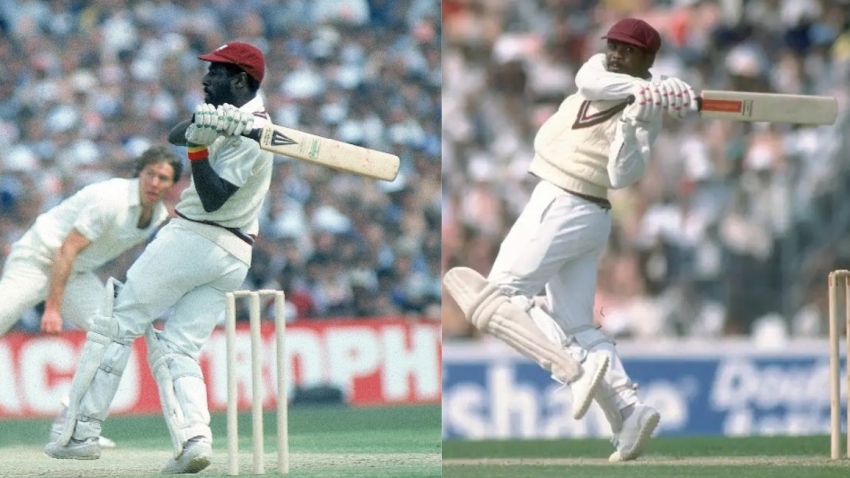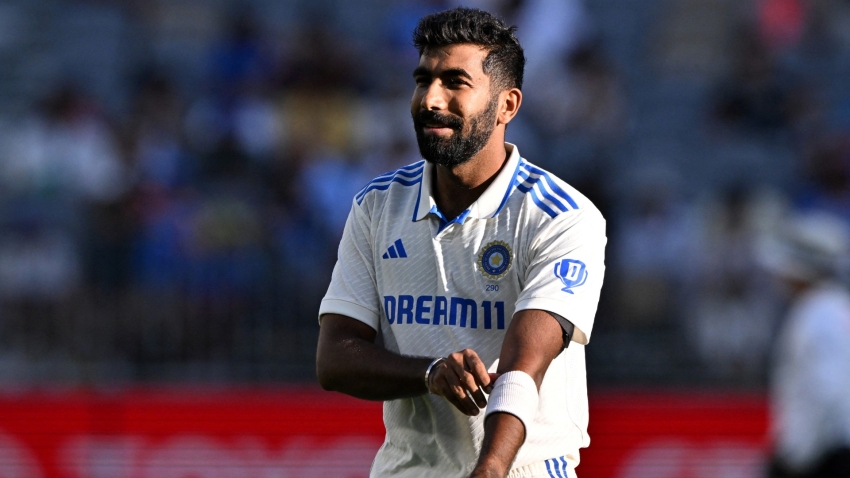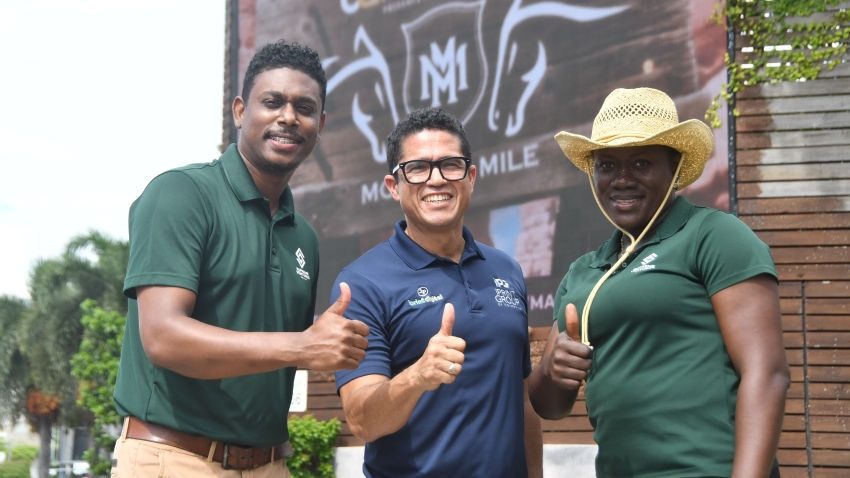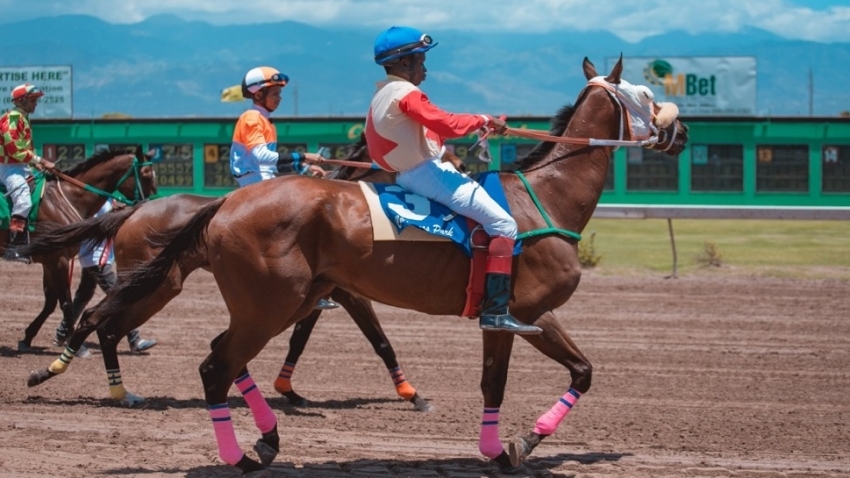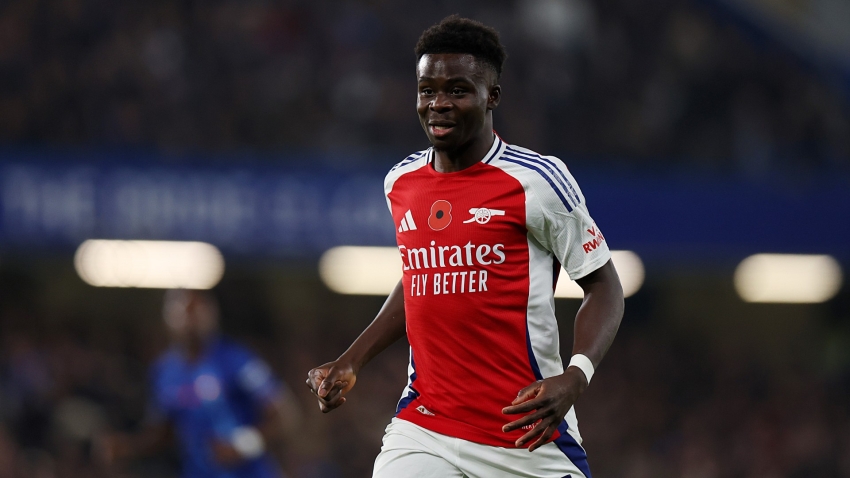The Jockey Club has announced significant changes to the format of the Randox Grand National as it looks to improve the safety of the race for both horses and riders.
Here, we look what has been altered and why:
How many runners will there be in 2024?
The field has been reduced from a maximum size, known as a safety limit, of 40 to 34. This is based on insights from independent research papers, along with the Jockey Club’s internal analysis of jump races.
How has the start changed?
The field will be required to partake in a standing start, meaning they will line up ahead of the tapes at a standstill before the flag falls. This is to prevent horses from gathering too much speed on the approach to the first fence.
What is the alteration to the first fence?
The first fence itself has not changed but it has been moved 60 yards closer to the start, again to prevent horses from approaching too fast. The start itself could not be changed due to its proximity to the Melling Road crossing.
Will the course be revised?
There are a handful of changes to the course itself, including a reduction of the height of fence 11 – which will be two inches smaller with a lessened drop on landing. The corrals used to round up loose horses will be improved, foam and rubber toe boards will also be added to every fence and there will be further investment in ‘pop-up’ irrigation to make watering the track more efficient.
Will there be changes to the raceday procedure?
Runners will no longer be led by handlers in a parade in front of the grandstand ahead of the race, instead they will be released at the end of the horse walk between the parade ring and the track and canter past the stands before heading to post.
What time will the race be run?
The race has been moved forward to prevent the ground drying out throughout the day, as was possible with the previous 5.15pm start time. The new start time has not been confirmed as discussions are ongoing with ITV, the terrestrial broadcaster, but the proposed window is between 3.45pm and 4.15pm.
Will certain horses be stopped from running?
Horses previously had to be rated at 125 or above to be eligible and that figure has now risen to 130, the same as Grade One races. There will also be increased scrutiny of the horses’ jumping records and consideration will be given to the participation of those that have made jumping errors in 50 per cent or more of their last eight races.
What evidence are the changes based on?
The changes are based on the annual review of the race, which utilises statistics and academic study as well as consulting industry figures, the sport’s governing body and the equine charity World Horse Welfare.
What consequences will these adjustments have?
It is hoped a smaller field size will prevent falls and horses being brought down, but it will exclude lower-rated runners and would have seen Minella Times, the winner in 2021, fail to make the cut for the race. The increased handicap rating would not have troubled him, however, and nor would it have had much, if any, impact on recent renewals of the race, as almost all horses engaged were comfortably rated in excess of 130.
Are the changes because of Animal Rising protests at the race last year?
A spokesperson for The Jockey Club said: “We undertake a review after every Grand National and constantly make changes as a result of this evidence-based process, which is all part of our relentless focus on putting the care and safety of our horses and jockeys above all else. The reckless actions of those who breached security to illegally gain access to the track on Grand National day have had absolutely no bearing whatsoever on the changes we are making to the race.”


